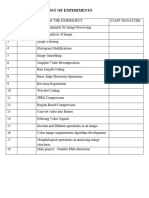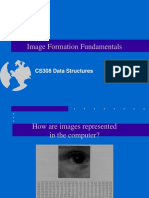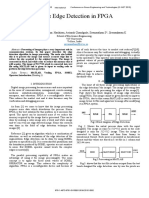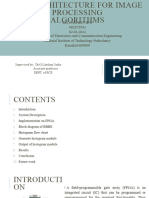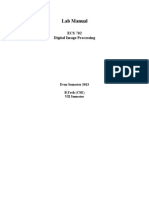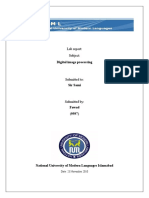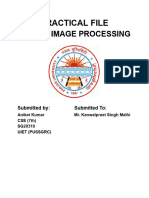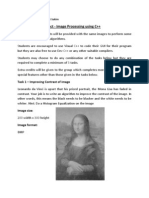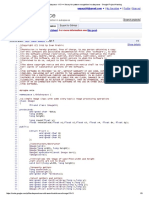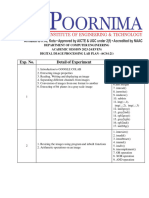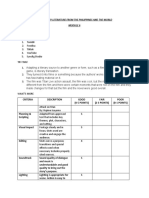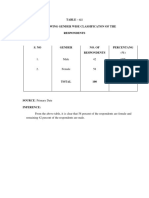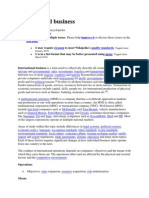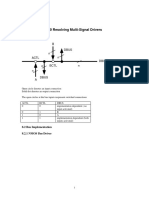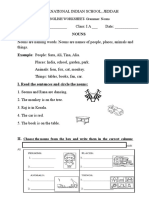0% found this document useful (0 votes)
63 views7 pagesHardware Software Codesign Assignment
The document outlines a hardware-software co-design assignment that involves converting an image to hex format for Verilog memory compatibility, implementing an image processing pipeline with modules for loading the image, applying a median filter, and performing histogram equalization. It includes Verilog code for each module and a testbench for simulation, as well as Python scripts for converting images to and from hex format. The final output is a processed image that has undergone filtering and histogram equalization, saved as output.jpg.
Uploaded by
Sai RangaCopyright
© © All Rights Reserved
We take content rights seriously. If you suspect this is your content, claim it here.
Available Formats
Download as PDF, TXT or read online on Scribd
0% found this document useful (0 votes)
63 views7 pagesHardware Software Codesign Assignment
The document outlines a hardware-software co-design assignment that involves converting an image to hex format for Verilog memory compatibility, implementing an image processing pipeline with modules for loading the image, applying a median filter, and performing histogram equalization. It includes Verilog code for each module and a testbench for simulation, as well as Python scripts for converting images to and from hex format. The final output is a processed image that has undergone filtering and histogram equalization, saved as output.jpg.
Uploaded by
Sai RangaCopyright
© © All Rights Reserved
We take content rights seriously. If you suspect this is your content, claim it here.
Available Formats
Download as PDF, TXT or read online on Scribd
/ 7



